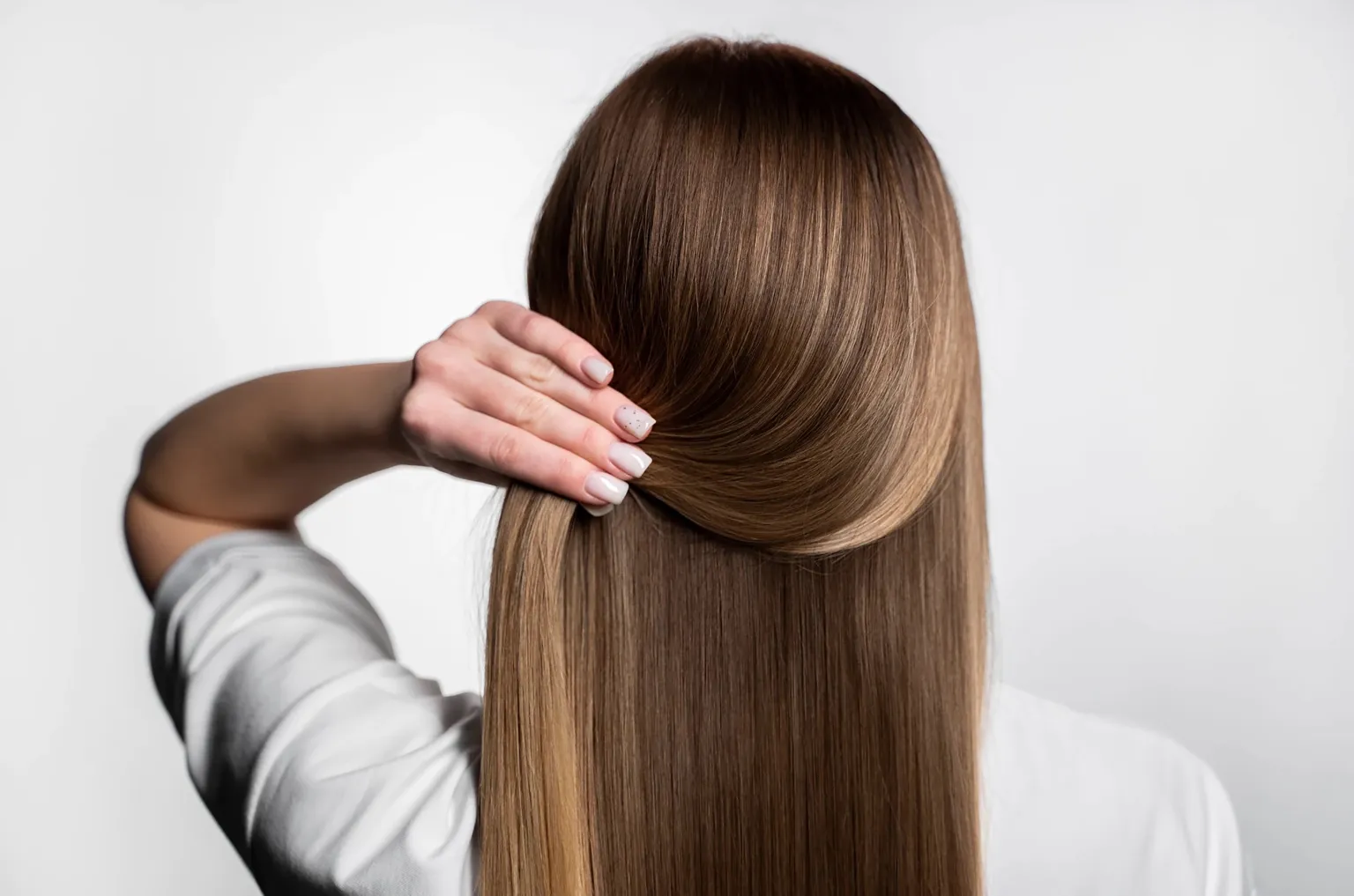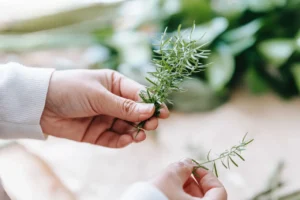100% plant-based hair coloring is in fashion. This natural technique only uses fruits, plants, and roots without any artificial chemical components, according to colorist Ismael De Felipe, an expert in this hairdressing specialty that is beneficial for hair and respectful of the environment.
These plant ingredients, which come mainly from India, Pakistan, and Middle Eastern countries, are crushed into clay and mixed with hot, distilled water, explains De Felipe.
Most of these compounds are part of Ayurvedic medicine or Ayurveda, the ancient traditional medical system originating in India that seeks to cleanse the body and restore the balance between body, mind, and spirit, using diet regimens, medicinal herbs, exercises, meditation, physical therapy, and other methods.
When these plant compounds mixed with water are applied to the hair, they act at the cuticle level (the most superficial layer of the hair), creating a film that adheres like a varnish to the keratin (a protein that constitutes the fundamental part of the most external layers of the hair and that gives it its strength and hardness).
“The application of pigmented muds based on plants and roots is requested by an increasing number of women in hair salons, with a quite noticeable and evident result on white and light hair, achieving total coverage of gray hair, even permanently,” explains De Felipe.
VARIETY OF PIGMENTARY PLANTS
He explains that this procedure uses “up to fourteen pigment plants, varying the exposure times to the plant muds and their temperature and using different techniques such as the so-called ‘double phase’, which offers a wide range of possibilities, to be able to adapt it to each person and personalize each color,” says this hairdresser.
“The main plants used in plant coloring are cassia, lawsonia or henna, indigo, and amla, along with other Ayurvedic plants such as neem or brahmi,” she points out.

“Its properties make the mixture ideal for treating scalp problems such as dandruff, excess oil, or hair loss, and it also helps strengthen the hair itself, giving it a lot of shine and more volume,” she says.
Felipe then describes how some of the most commonly used plants in plant coloring benefit hair:

CASSIA – Helps strengthen hair and provides nutrients, vitamins, and minerals. With a structure similar to keratin, its leaves are crushed, serving as a natural conditioner.
LAWSONIA – Also called henna, the powder resulting from its small, white flowers with a deep scent is used in the Middle East, South Asia, and North Africa to dye hair, which benefits when it is dehydrated and damaged.
NEEM – Its powder in the form of clay is widely used in India to give greater volume and strengthen hair; it also has healing and hygienic properties for the scalp.
INDIGO – Its pigments produce an intense black color that nourishes the hair, counteracts orange, yellowish, and whitish tones, and shades the color, providing uniformity and protecting the hair fiber.
AMLA – Rich in antioxidants and vitamin C, this plant-based compound in powder form helps strengthen and revitalize hair, also combating the appearance of gray hair.
BRAHMI – Activates and enhances hair growth, improves dandruff problems, and enhances natural melanin, making it ideal for the most fragile hair and for repairing split ends.
STEP-BY-STEP COLORING
Regarding the coloring process, De Felipe points out that “first a diagnosis is made of the person’s hair, observing what percentage of their hair is white (“having 10% is not the same as having 80% gray hair”), based on which certain coloring effects or others will be achieved.

“The mixture is made based on this, depending on whether we want a varnish effect or more powerful coverage,” she says, noting that “the coverage of gray hair is total since the plants act mainly on white hair.”
“The hair, which is not white, will maintain its color, but will acquire a slight hue and much more shine, which allows for achieving incredible shades depending on the presence of grey hair in each person,” concludes this renowned hairdresser and stylist.























+ There are no comments
Add yours